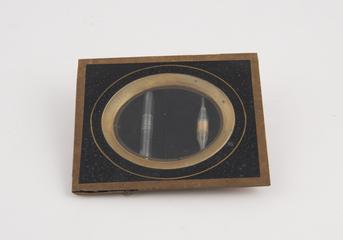

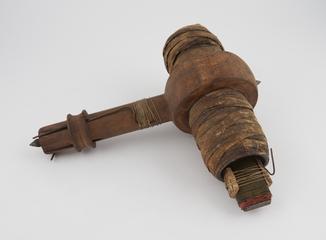
Joule's Electro-Magnet (Calorimeter) Apparatus, 1843
1843
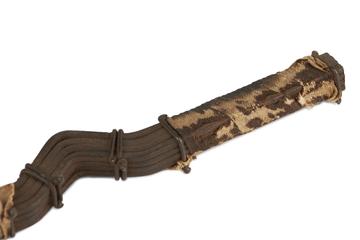
Electromagnet Core made by James Joule
1839

Joule's Cast Iron Friction Apparatus (Calorimeter), 1849
1849
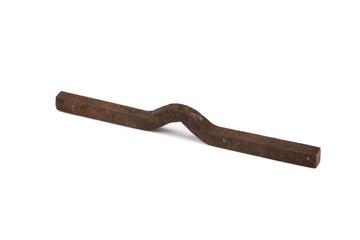
Electromagnet Core
1835-1845
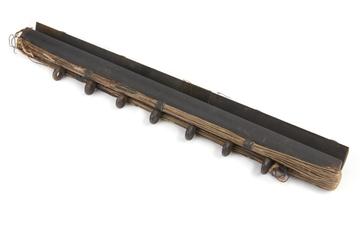
Electromagnet made by James Joule for experiments on lifting power
1840
Mechanical equivalent of heat apparatus
1876